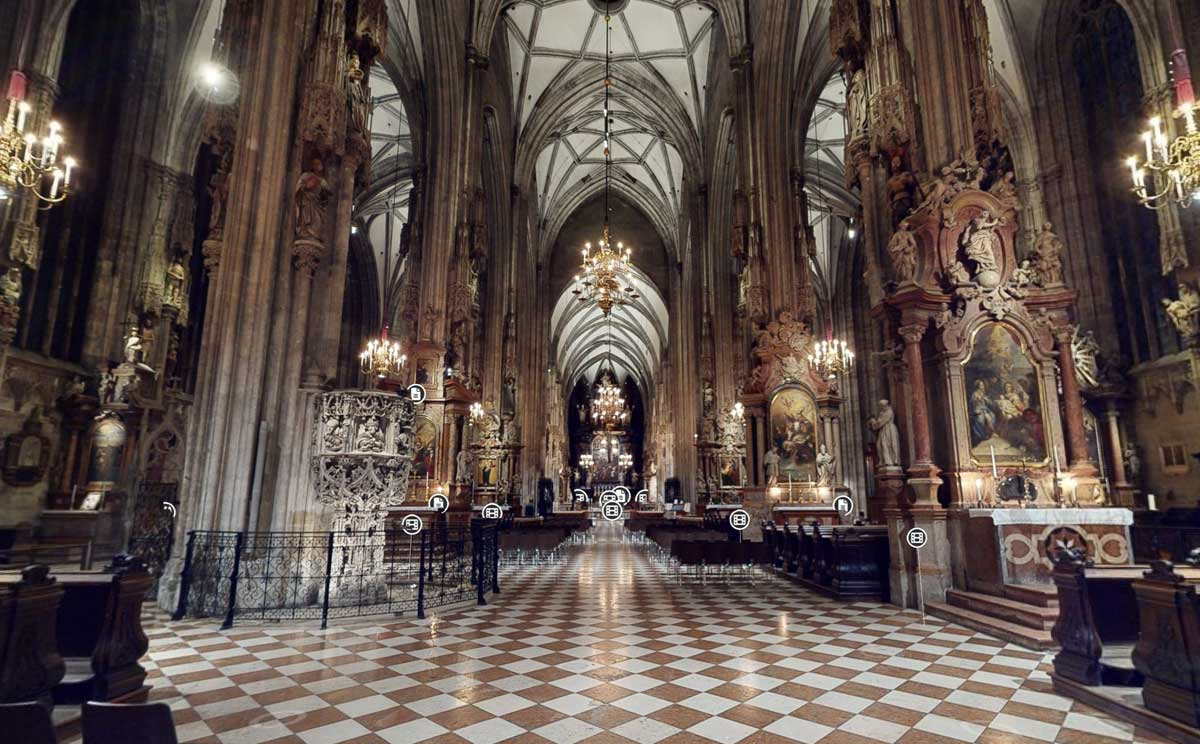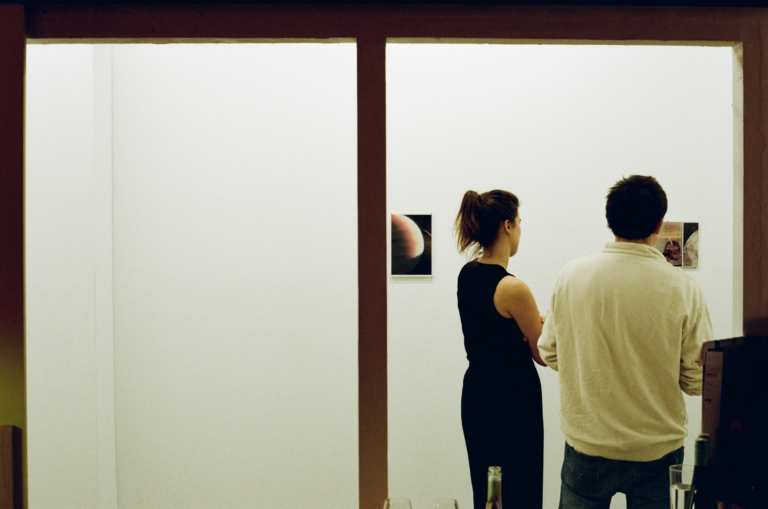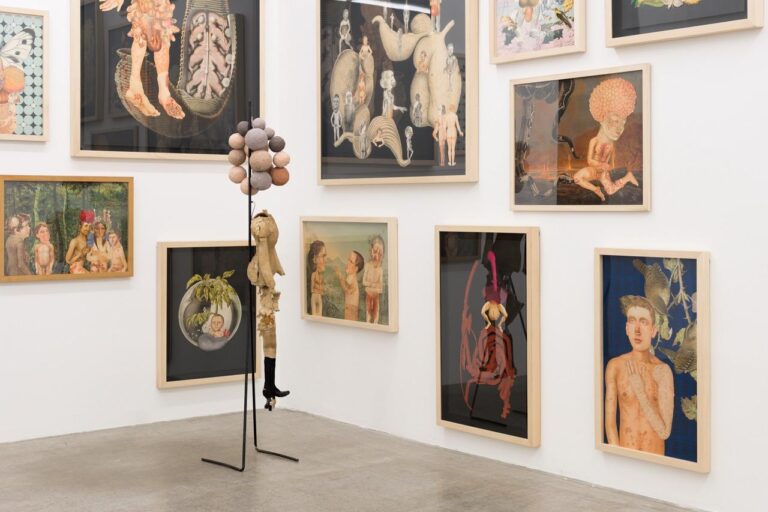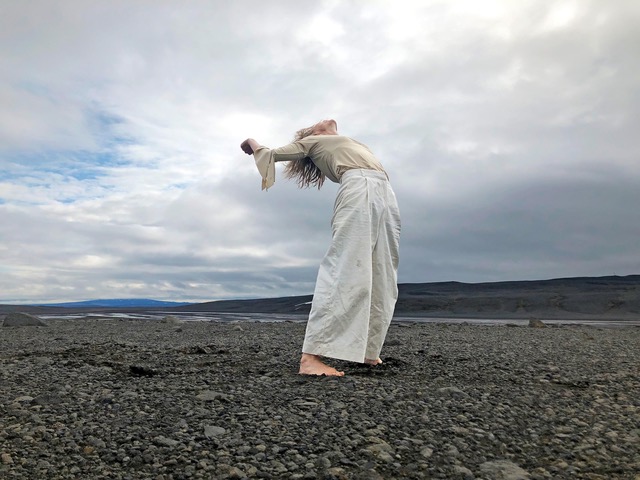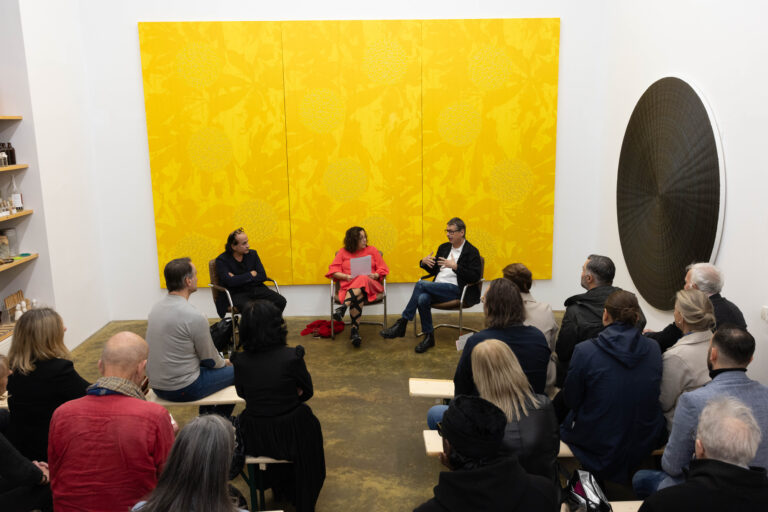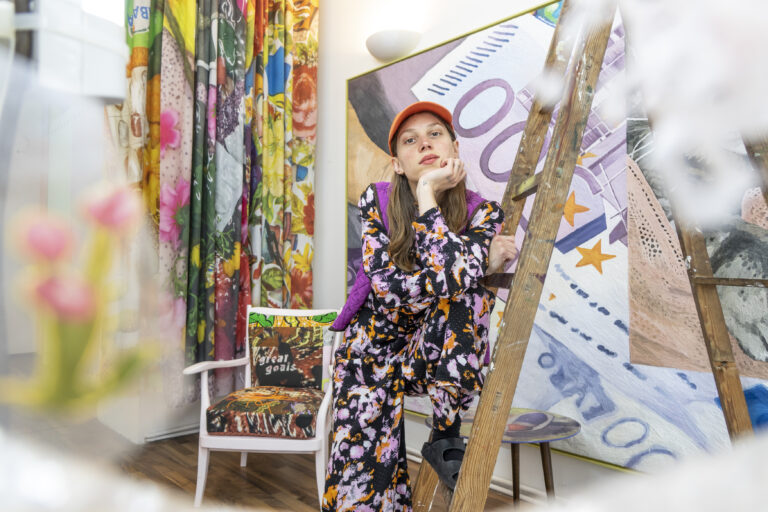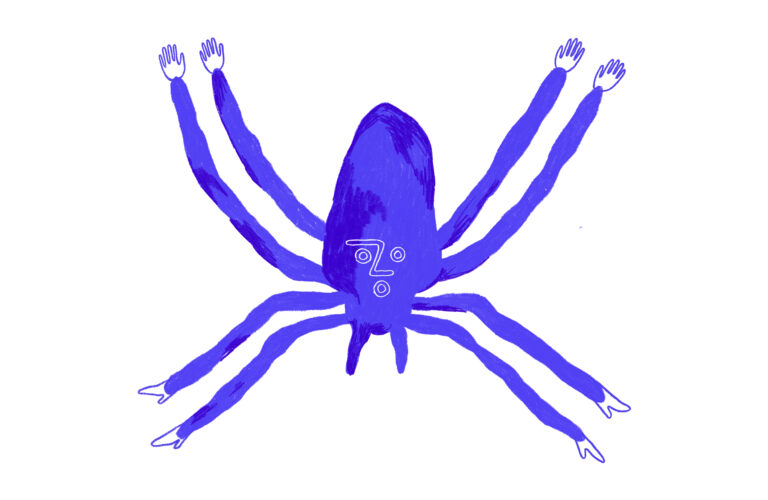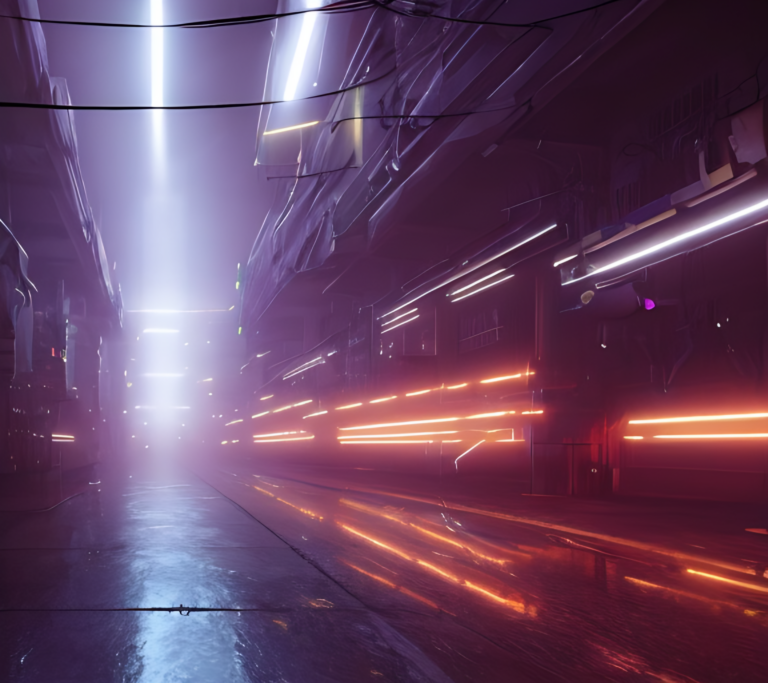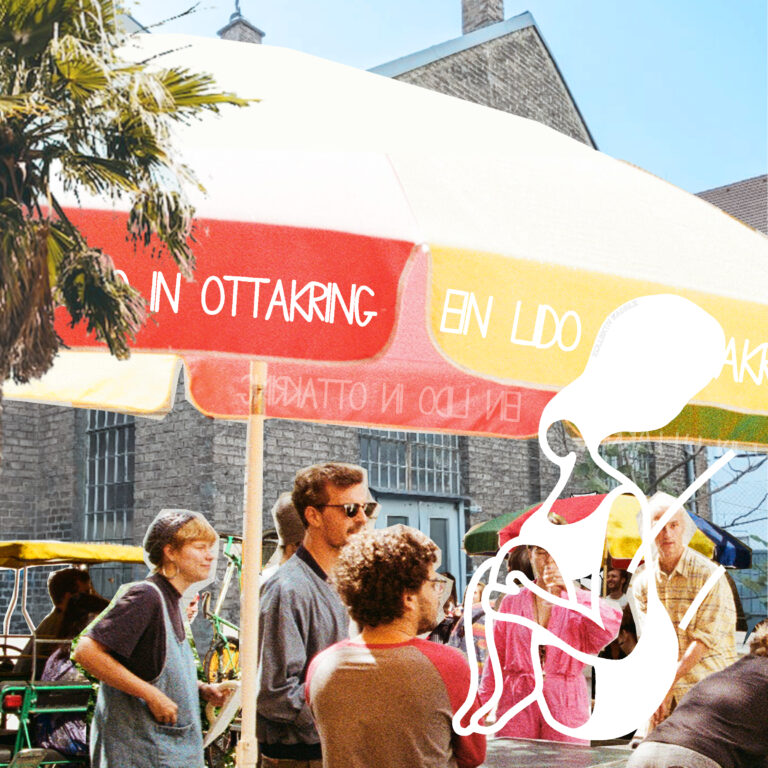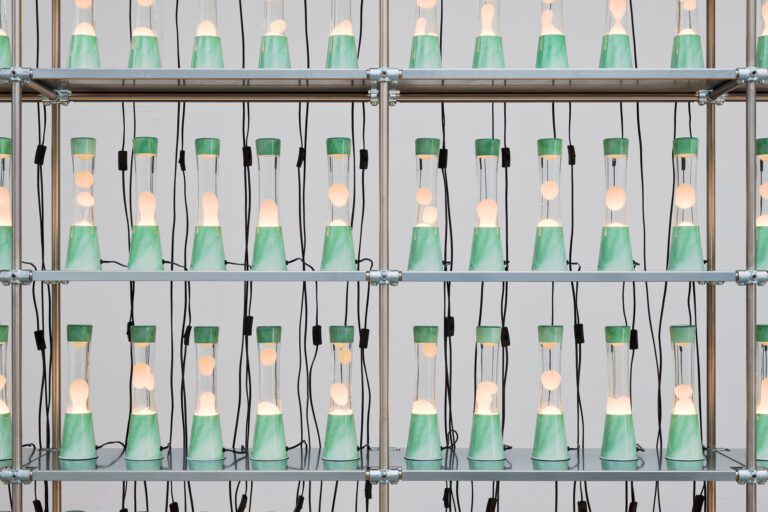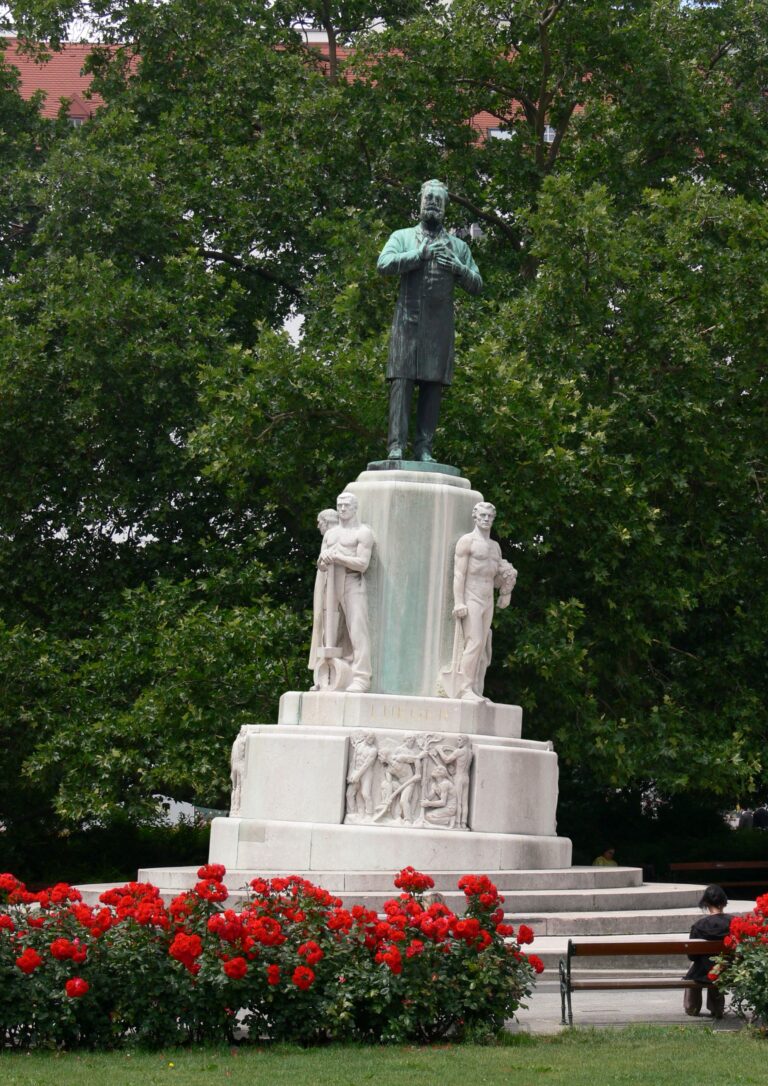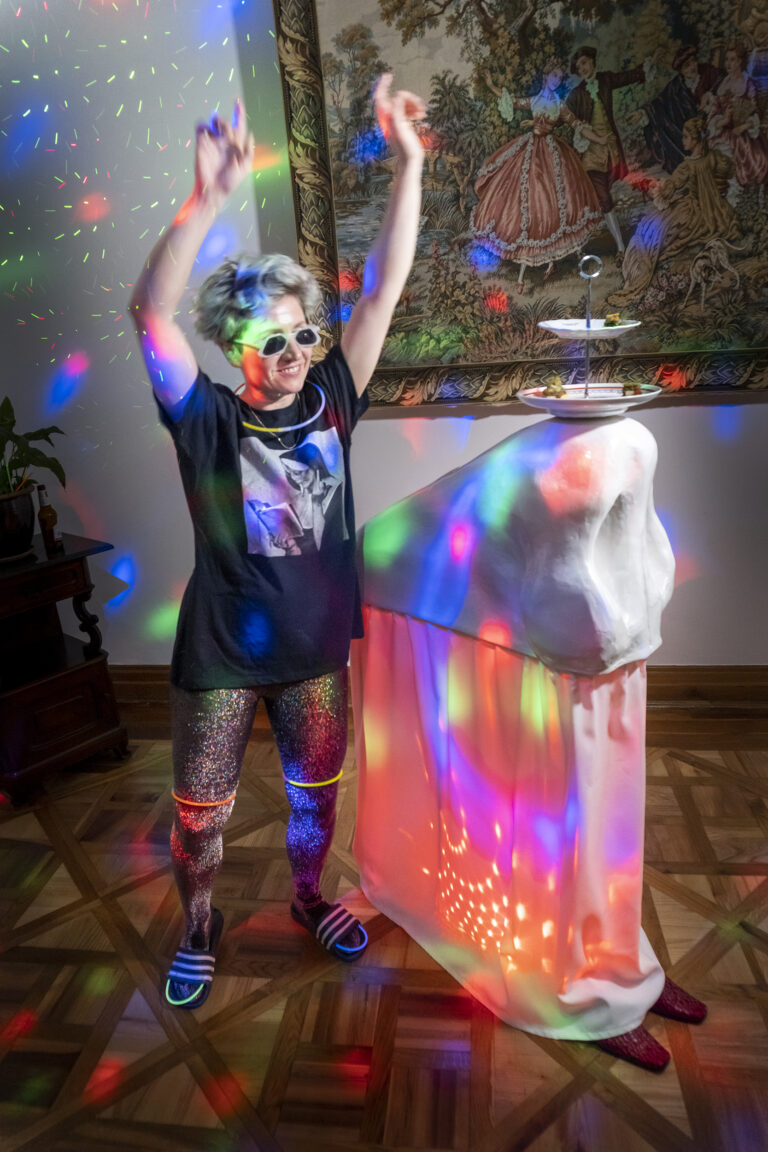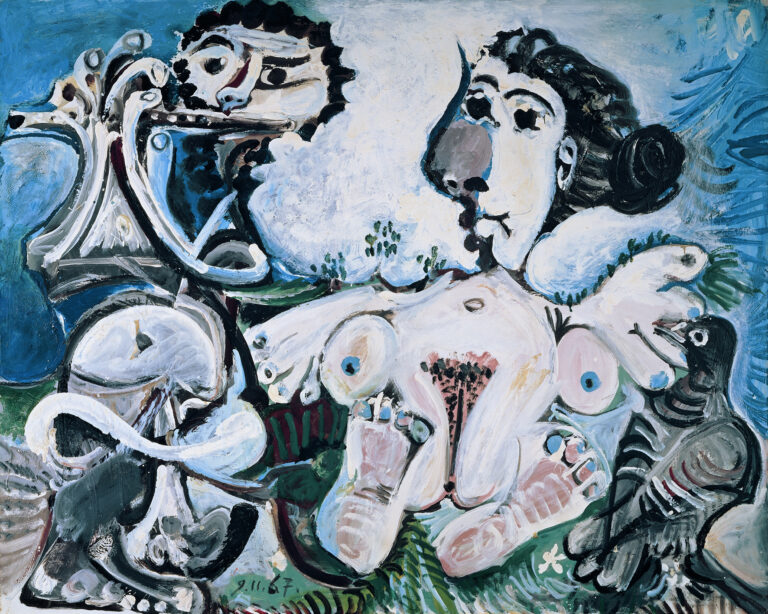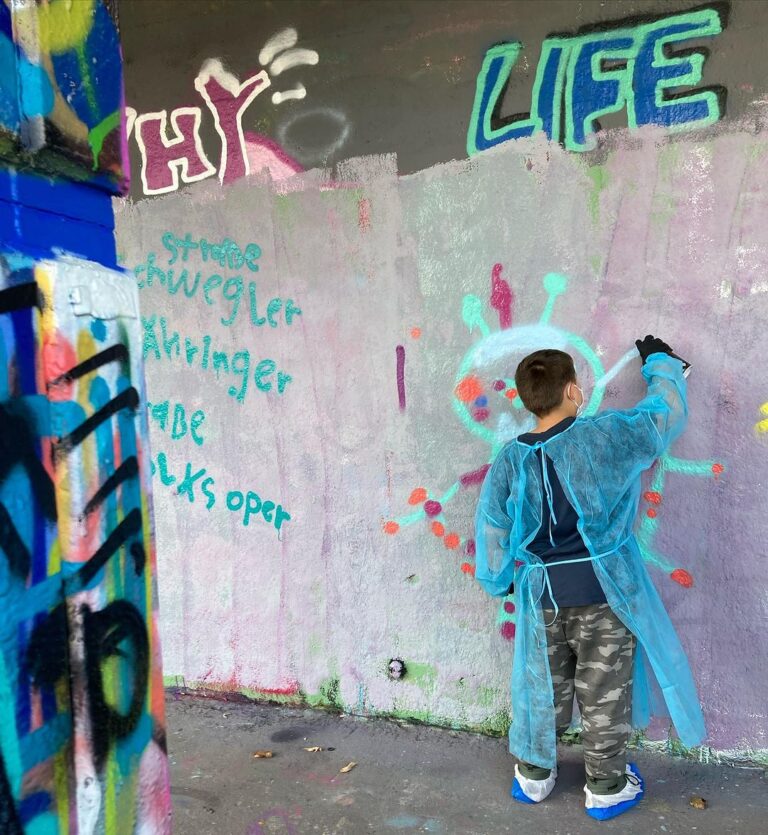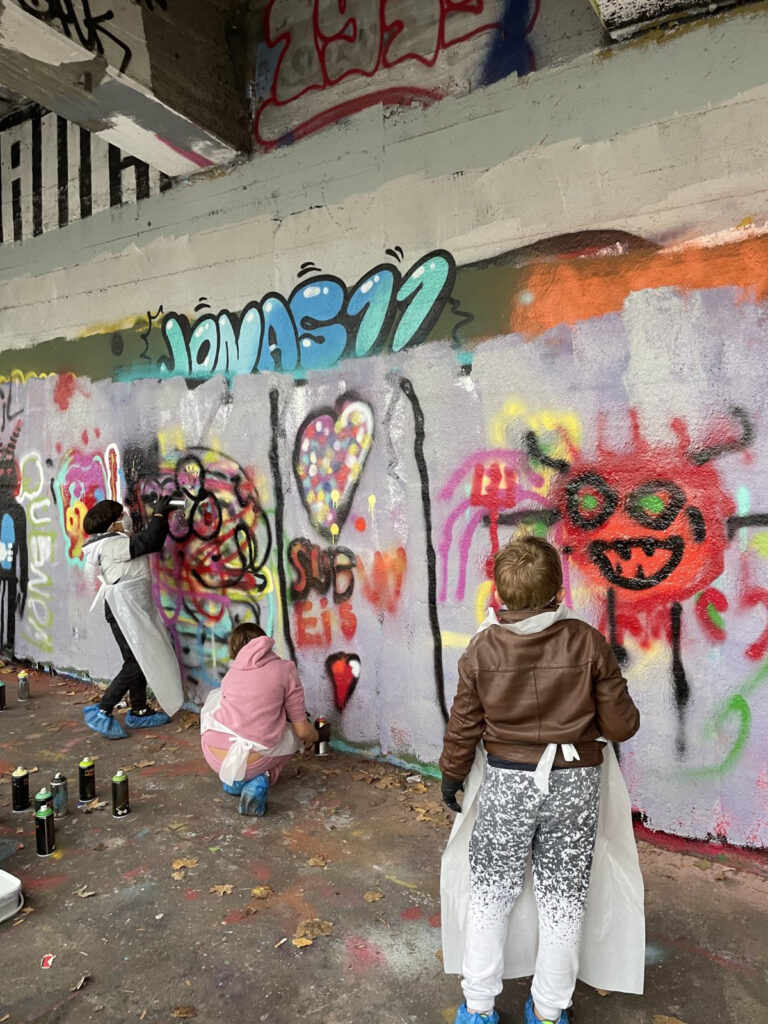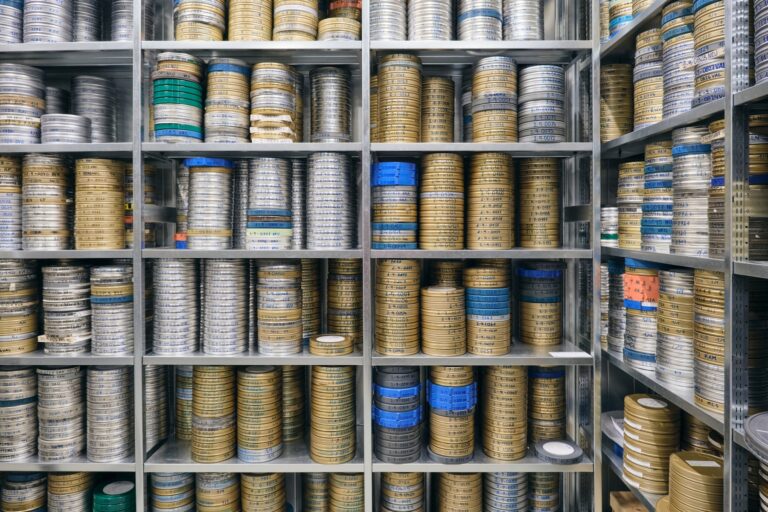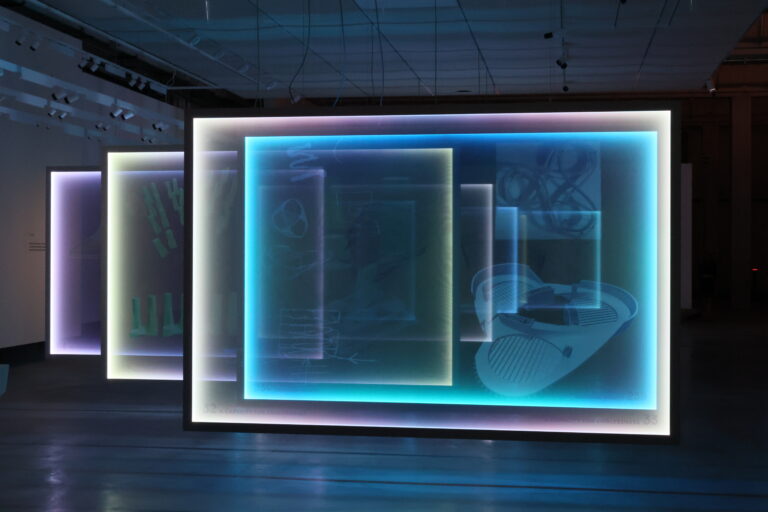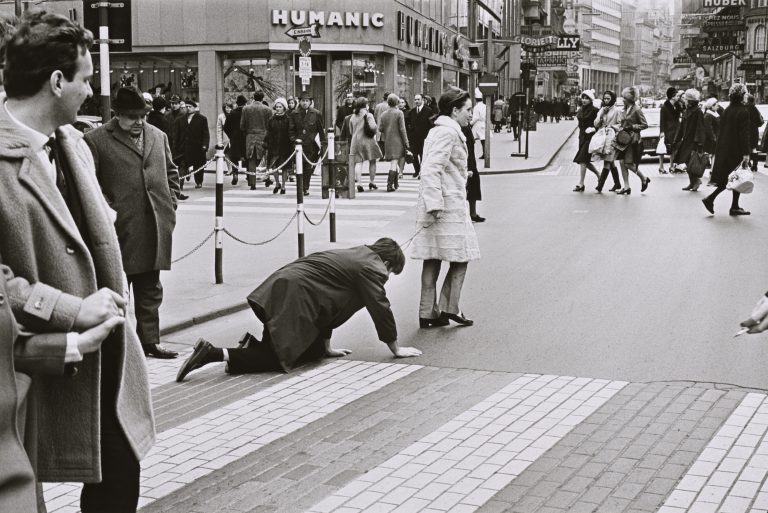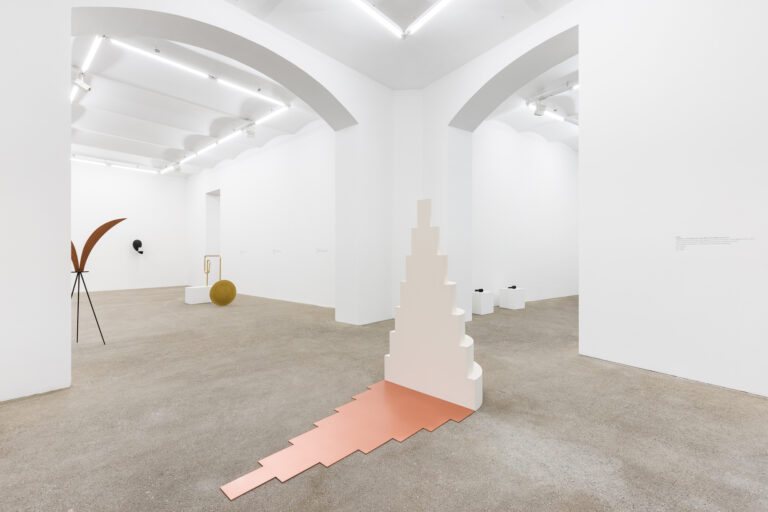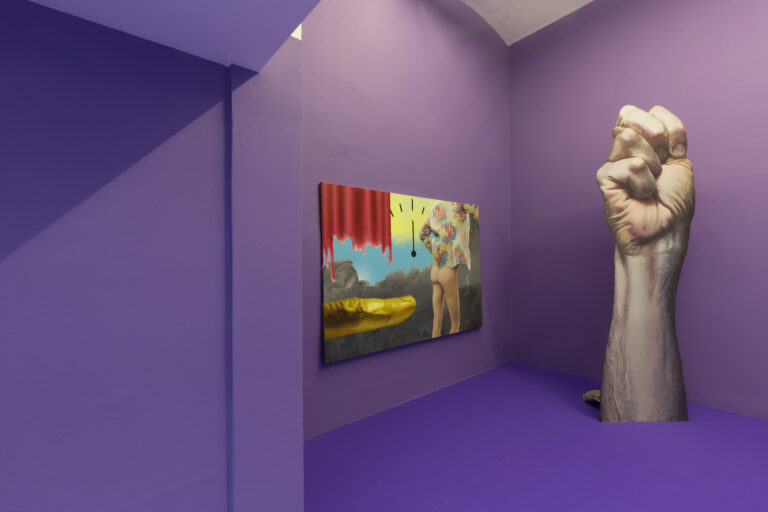Digital platform creates new space for art
One thing right from the start: "Digitalized art should not replace the real experience on site in museums, galleries and cultural venues," the developers of Discover-Culture agree. What the steadily growing platform for the digital enjoyment of art and culture is all about.
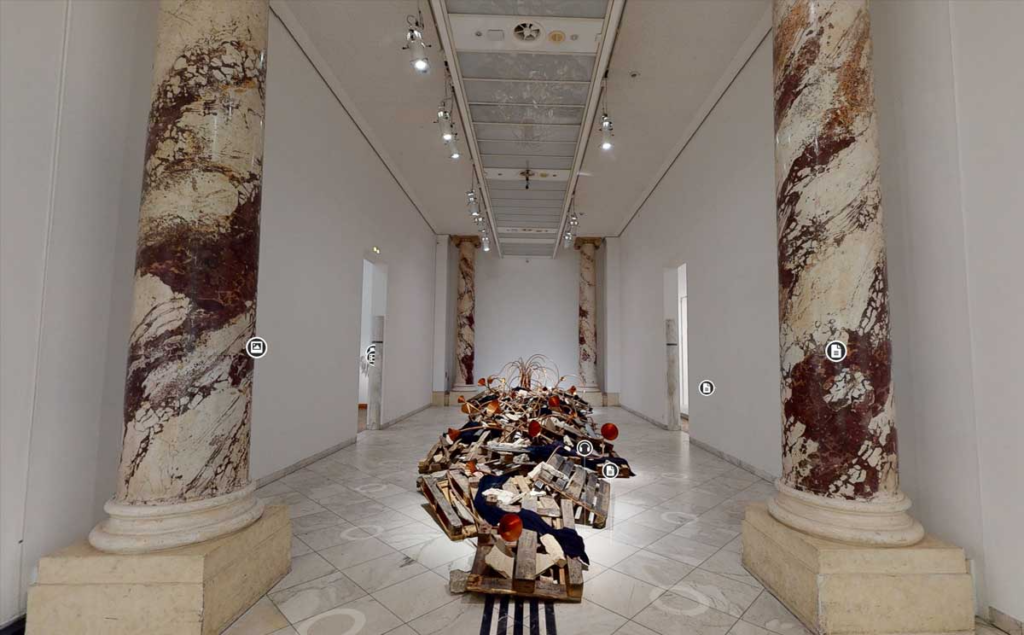
Enjoying art and culture at home in front of the screen. What seemed impossible until recently has become a reality thanks to Discover-Culture. The platform for art and culture mediation in virtual space has its origins in Upper Styria, where it was launched by the Benedictine Abbey of Admont and the IT professionals at LightCyde. Two years after its launch, Discover-Culture brings together the offerings of top-class museums, art and cultural venues throughout Austria. Among them is the Bank Austria Kunstforum in Vienna. October saw the launch of “Helmut Newton Legacy,” the next prominent exhibition series in the online format. And that’s not all. This fall, the Vienna St. Stephen’s Cathedral, the Imperial Treasury, Bückeburg Castle in Germany, and the Cathedral Museum with the library of the Diocese of St. Pölten were also digitized.
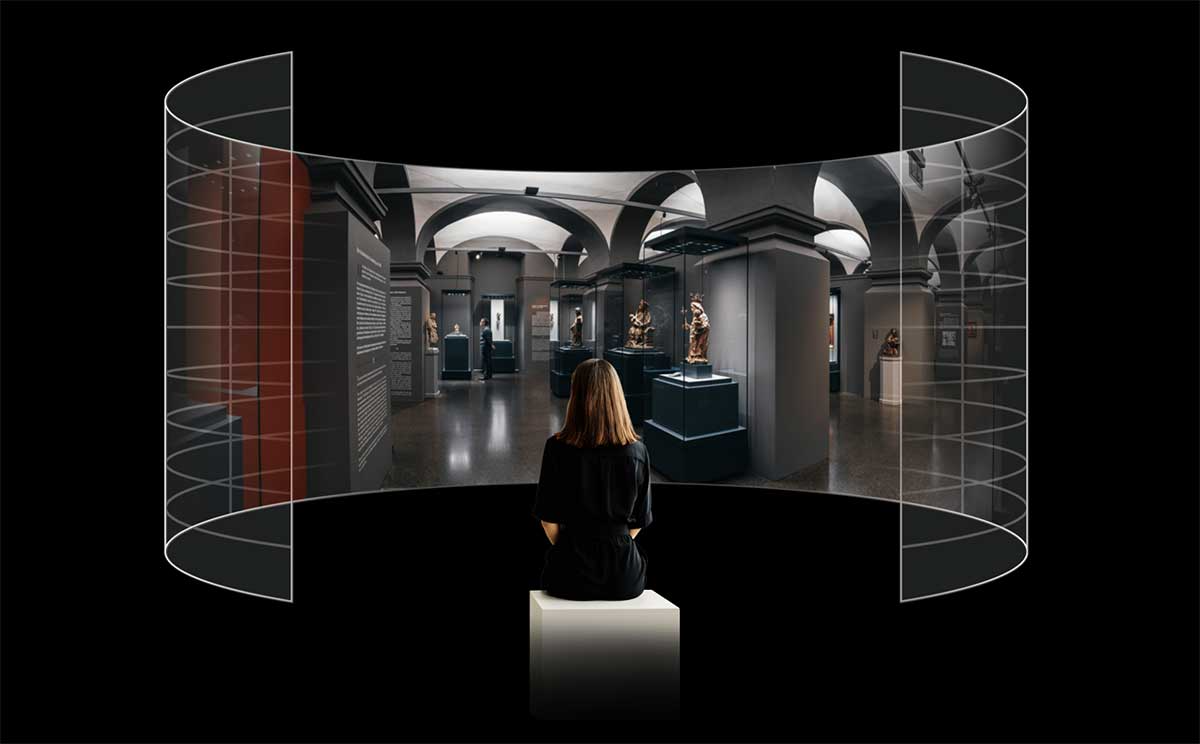
Creating a close-to-real experience
“We want to offer an experience that is very close to reality,” says LightCyde CEO Thomas Fischbacher. It’s a plan that has more than succeeded. On Discover-Culture, users can walk through the virtual space, browse it, change the direction of their gaze and move around completely freely. “Virtual visitors should get the feeling as if they were directly on site,” is how Mario Brandmüller, Marketing Manager of the Benedictine Abbey of Admont, describes the quality of the virtual tours. In addition to an up-close experience, Discover-Culture also offers insights that usually remain hidden. “Leafing through centuries-old books, exploring secret passages and entering places that are not normally accessible to the public. These are extras that we offer on the culture platform,” says Brandmüller.
Exploiting thematic synergies in the culture network
Completely new opportunities are opening up not only for culture fans, but also for museums. “Large cultural institutions ensure many accesses to our digital offering. This also benefits the smaller art and cultural institutions,” says Fischbacher, citing another advantage of the culture platform. Likewise, Discover-Culture partner establishments would be able to enter into thematic synergies, Brandmüller adds: “Exhibitions with related themes can be optimally combined. For example, if you want to follow in the footsteps of the Habsburgs, you can get from one museum to another with just a few clicks. And they can do so all over Austria.”
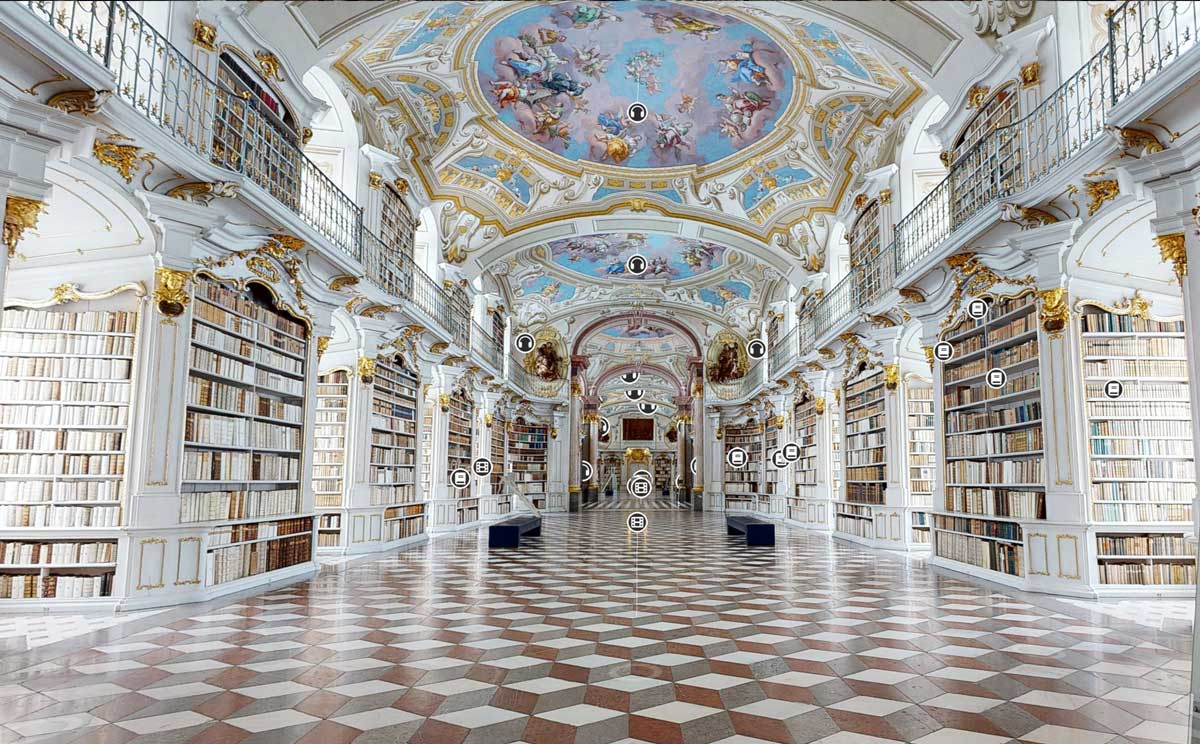
Digital coverage through the latest technology
From the Pummerin to the catacombs – digital tours will soon take visitors to all corners of Vienna’s St. Stephen’s Cathedral. The necessary digitization has already been completed. How does it work? “A 360-degree camera takes 3D scans. This creates an exact image of the original, which is rendered on the computer to create a three-dimensional tour,” says Fischbacher, summarizing the process. Video sequences and soundtracks complete the online tour and provide additional background information.
